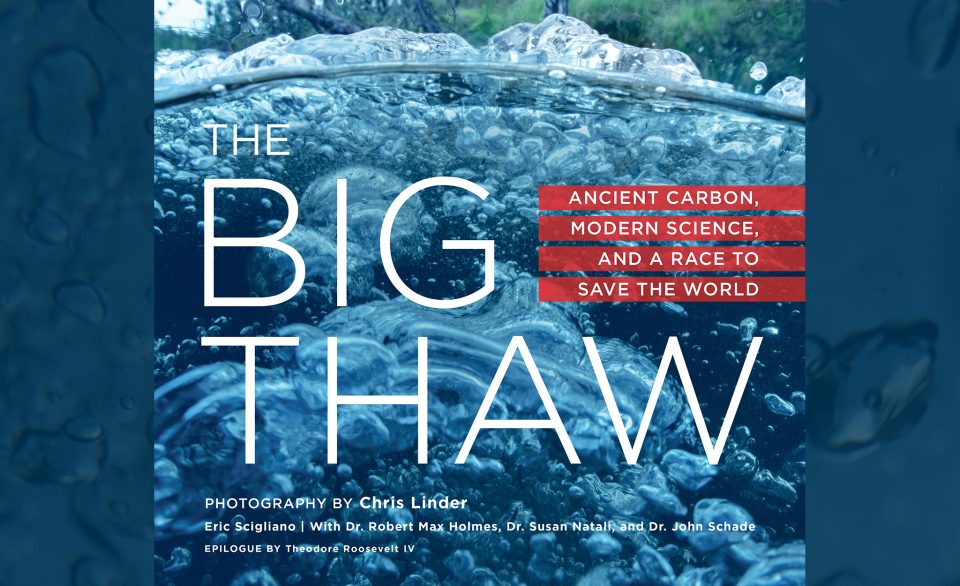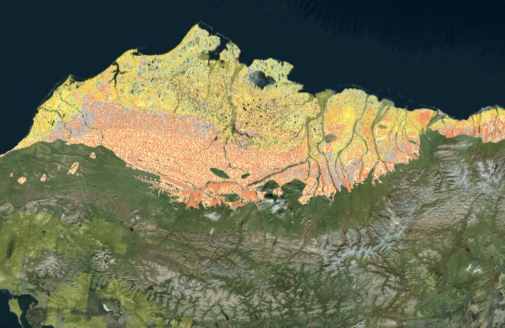The Big Thaw combines amazing Arctic images, cutting-edge climate science

Woodwell Climate Research Center (formerly Woods Hole Research Center) scientists have teamed up with an award-winning science photographer to release The Big Thaw: Ancient Carbon, Modern Science, and a Race to Save the World. Featuring photographs from Chris Linder and the scientific work of Drs. Robert Max Holmes, Susan Natali and John Schade, The Big Thaw takes readers into the Siberian and Alaskan wilderness where climate scientists and students study thawing permafrost as part of Woodwell Climate’s Polaris Project.
“I photographed the Polaris science team as they followed the carbon—from the permafrost to the streams, lakes, rivers, and ultimately the Arctic Ocean—braving endless hordes of mosquitoes, quicksand, and extreme temperatures along the way. Science is more than numbers on a spreadsheet—it’s hard work, done by passionate people who care about the future. It’s my hope that by showing these behind-the-scenes details of climate change research, the public can better appreciate that hard-earned data,” Linder said.
Permafrost is the carbon-rich frozen soil that covers 24 percent of Northern Hemisphere land area. Across the globe, from Alaska to Siberia, permafrost holds more carbon than has ever been released by humans. Right now, permafrost keeps carbon safely locked away, but as global temperatures warm, permafrost thaws and releases greenhouse gases to the atmosphere. Carbon from thawing permafrost had been omitted from many models and reports that informed international climate policy.
“The Big Thaw highlights the critical need to better understand the impacts of thawing permafrost and the central role that young scientists play in moving our understanding forward and identifying solutions. We hope these amazing photos and this urgent science brings attention to the massive risks of the climate crisis, as well as the need to greatly reduce fossil fuel emissions in order to keep permafrost region carbon from entering into the atmosphere,” Dr. Natali said.
Dr. Natali and Woodwell scientist Dr. Jennifer Watts recently released a study showing global warming may be shifting the permafrost region to a carbon source, as winter carbon emissions from thawing permafrost begins to put more carbon into the atmosphere than is taken up by plants each year. Woodwell Climate also recently launched the Arctic Carbon Monitoring and Prediction System, aiming to gain new understanding on how quickly permafrost regions are changing and what that means for global warming.
“There’s almost twice as much carbon locked in the permafrost than exists in the atmosphere today, so increasing thaw and rising emissions are rightly alarming. But our hope is that The Big Thaw’s breathtaking photos from the Arctic, along with the stories of these young scientists who are not afraid to ask questions and who approach research with creativity and resolve, act as a catalyst for change,” Dr. Holmes said.







